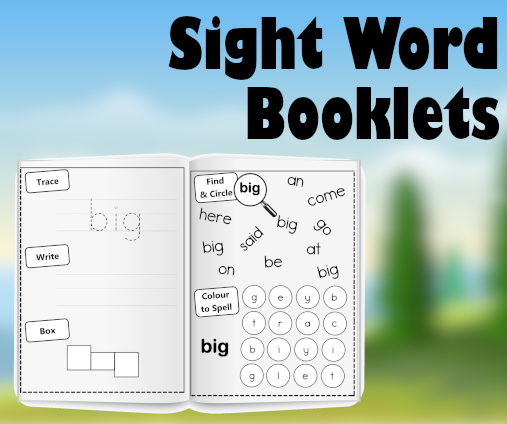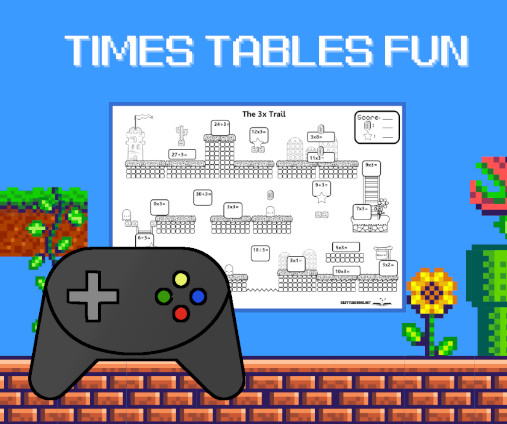TOPICS
English
Conjunctions are like glue within sentences; they join words, phrases and clauses together. Conjunctions allow the writer to form compound and complex sentences. This collection of conjunction worksheets and activities helps learners understand how conjunctions can be used effectively to join ideas together. Coordinating conjunctions include ‘for’, ‘and’, ‘nor’, ‘but’, ‘or’, ‘yet’ and ‘so’ (F.A.N.B.O.Y.S.); subordinating conjunctions include ‘because’, ‘although’, ‘if’, ‘whenever’ and others.
Use the filter above to narrow the results by resource type and/or grade level.






